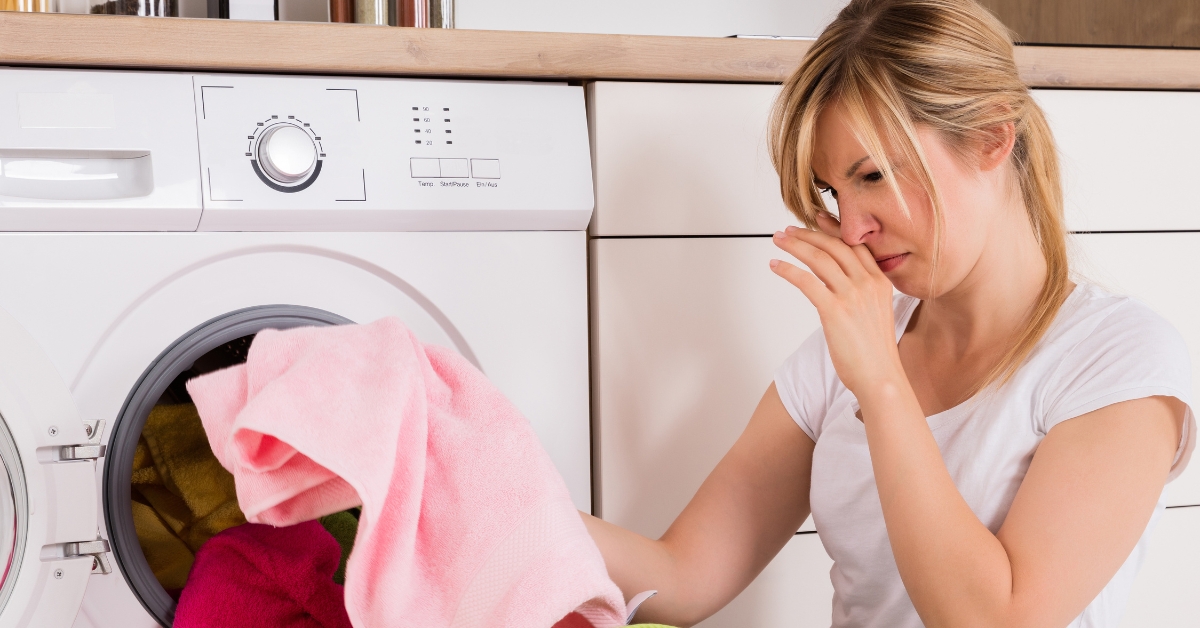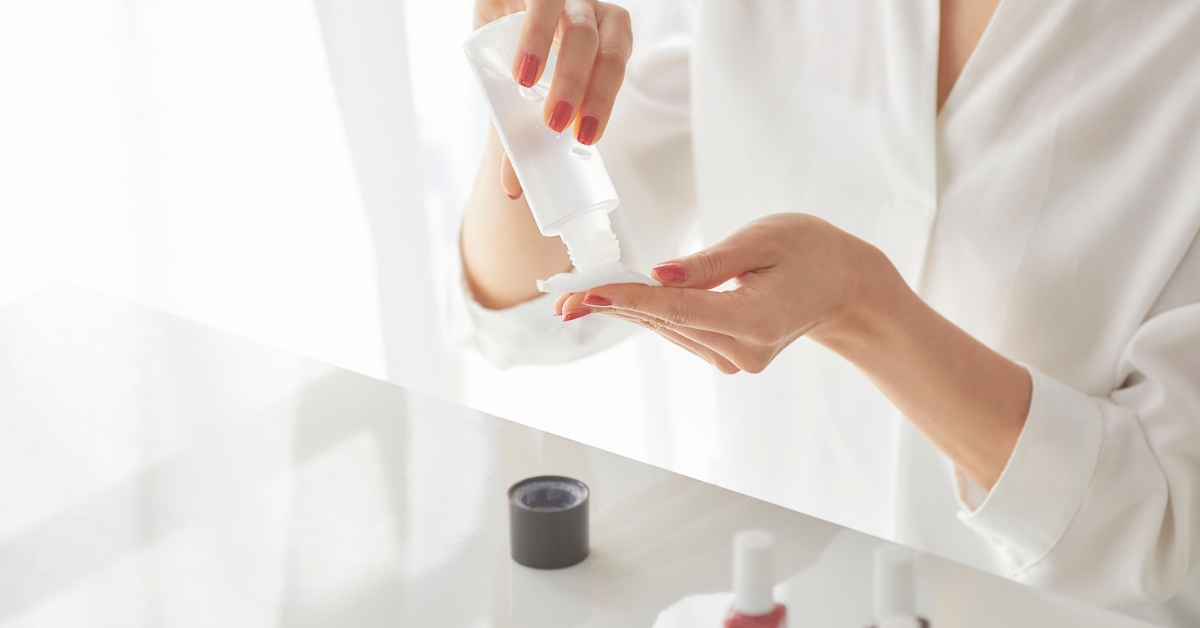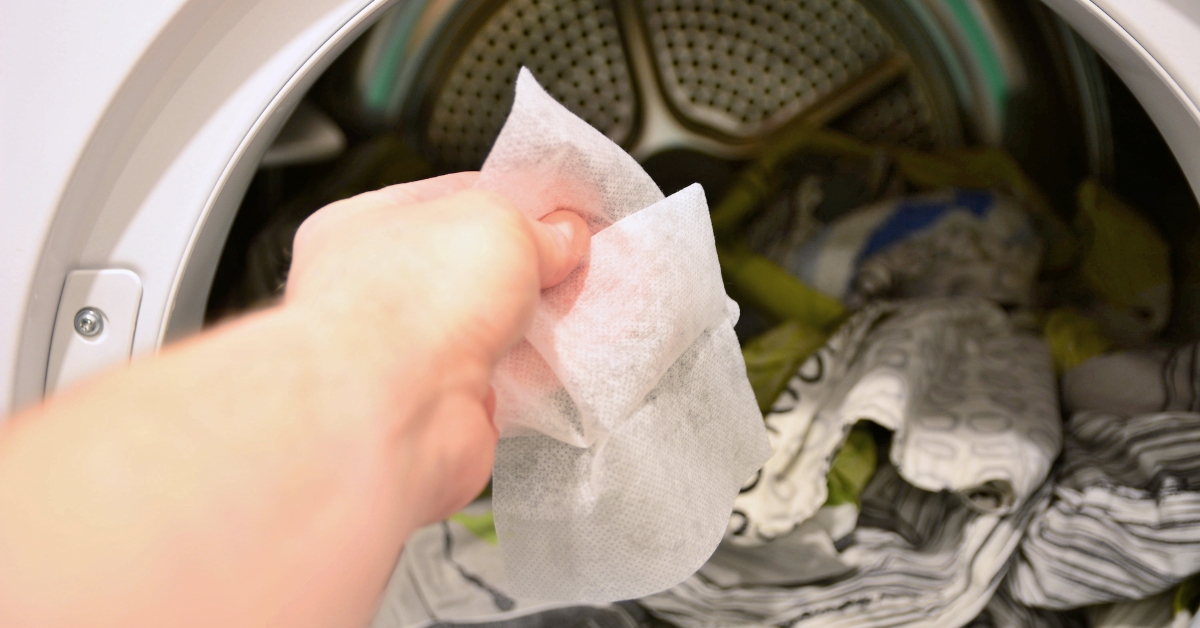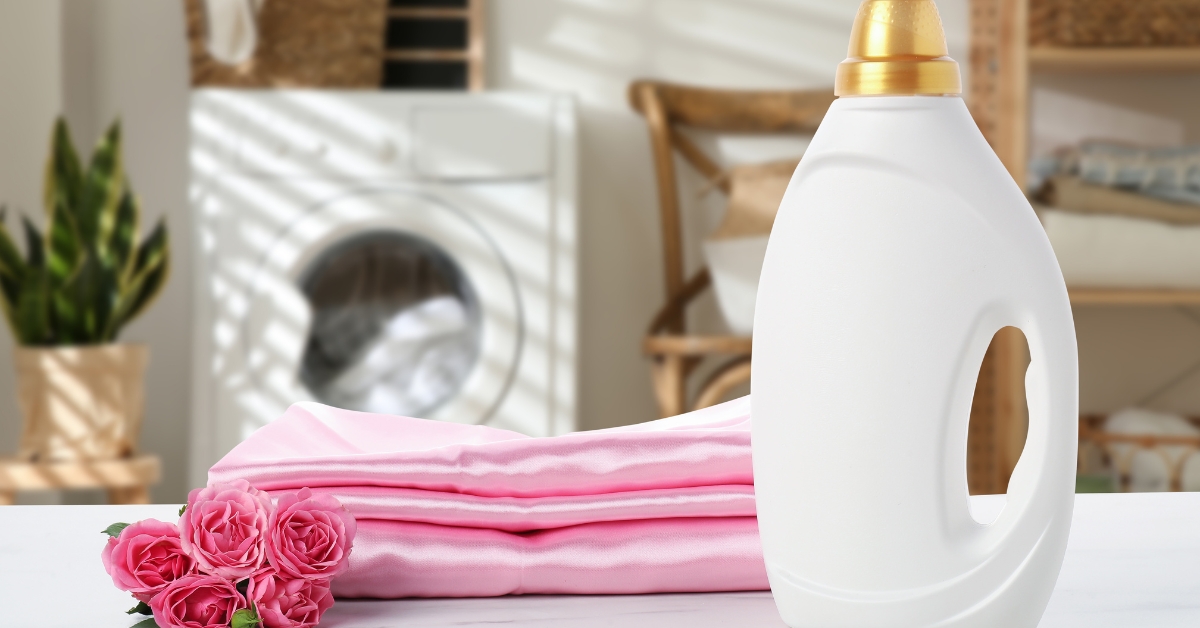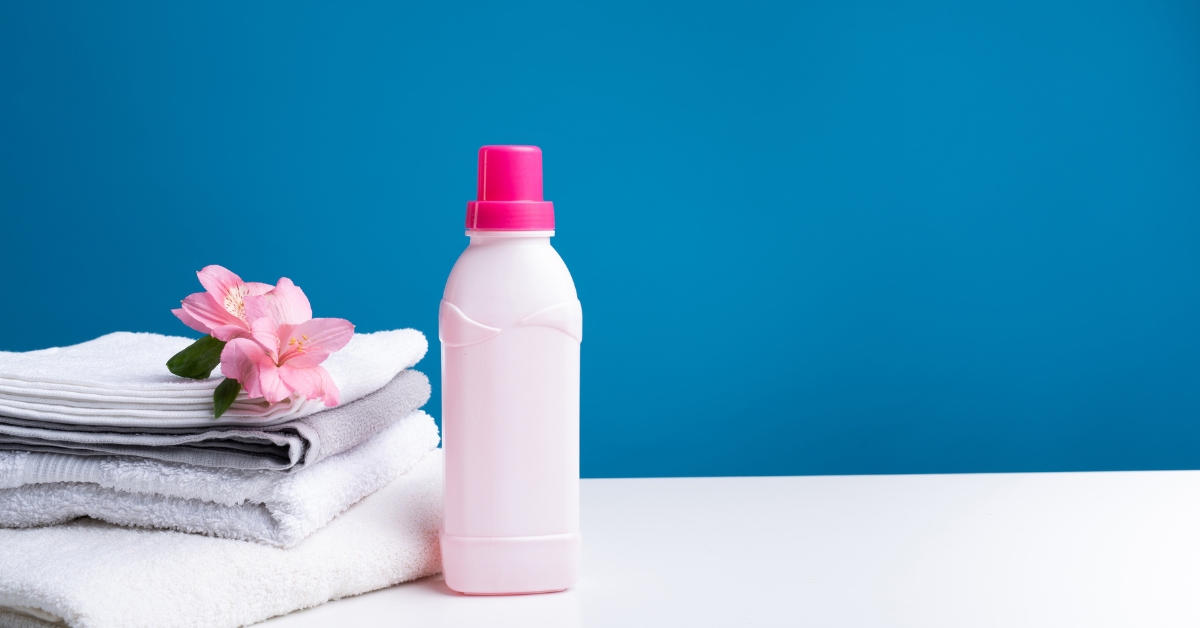That moment when you pull a “clean” shirt from the closet, only to catch a faint, musty whiff—or worse, the ghost of last week’s gym sweat—is frustrating. These lingering odors are caused by bacteria, body oils, and mildew that ordinary washing doesn’t always eliminate.
The good news? This guide shows you how to remove odor from clothes using the right pre-wash treatments, detergents, and natural odor-busting tricks so you can finally banish bad smells for good. With expert tips, proven hacks, and carefully selected product recommendations, you’ll keep your wardrobe consistently fresh.
Table of Contents
Disclosure: This article contains affiliate links. If you buy through these links, we may earn a small commission at no extra cost to you.
Why Your “Clean” Clothes Still Smell
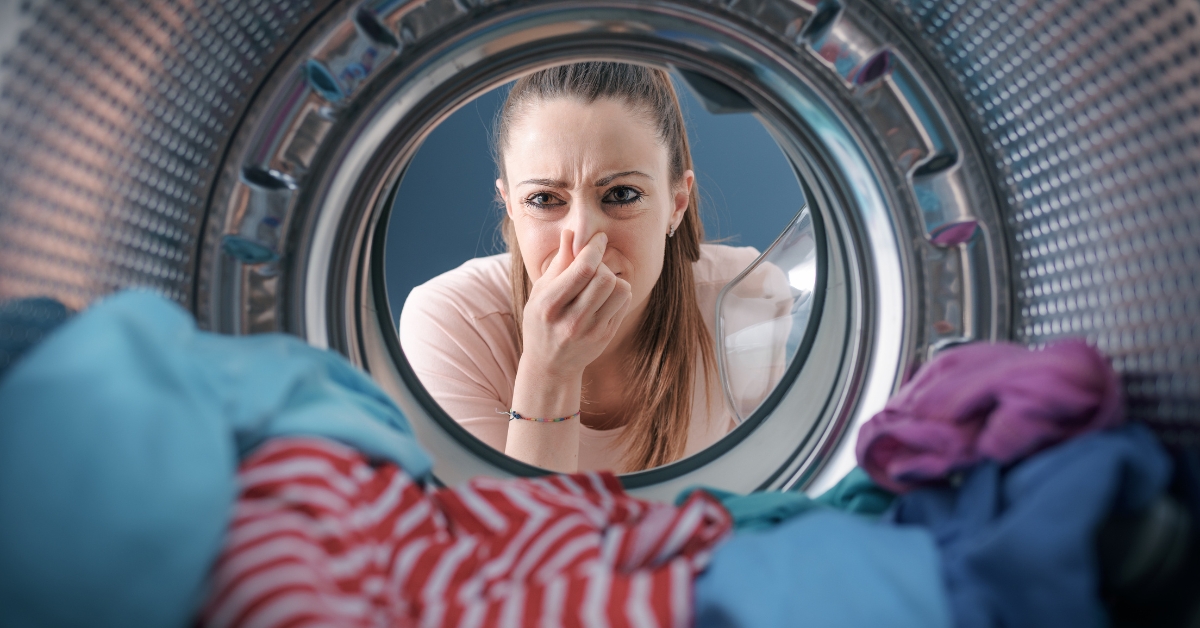
Odors don’t just “stick around” by accident — they persist because of chemical and biological interactions with fabric:
- Sweat & Body Odor: Sweat itself is nearly odorless. The smell comes from bacteria metabolizing proteins and fatty acids in sweat, creating volatile compounds that cling to fabric.
- Mildew & Mustiness: Moisture left in fibers provides the perfect breeding ground for mold spores and mildew, which release pungent microbial gases.
- Environmental Smells: Smoke, cooking oils, and urban pollutants bond to textile fibers, especially synthetics, making them tough to wash out.
- Pet Odors: Pet dander, natural oils, and saliva bind tightly to fabrics, with synthetics like polyester absorbing them more readily than cotton or wool.
Studies in textile science confirm that synthetic fabrics (like polyester and spandex blends) are significantly more odor-retentive because their hydrophobic nature resists water-based cleaning and traps odor molecules. Natural fibers such as cotton and linen breathe better, making them easier to refresh.
[Pro Tip: Learn more about fabric science from this University of Georgia Textile Science Study.]
Pre-Wash Odor Removal Hacks (Your First Line of Defense)
Before tossing clothes into the washing machine, pre-treatment can make all the difference in eliminating stubborn odors. Here’s how to level up your pre-wash routine with actionable steps and pro tips.
1. The Acidic Soak: White Vinegar
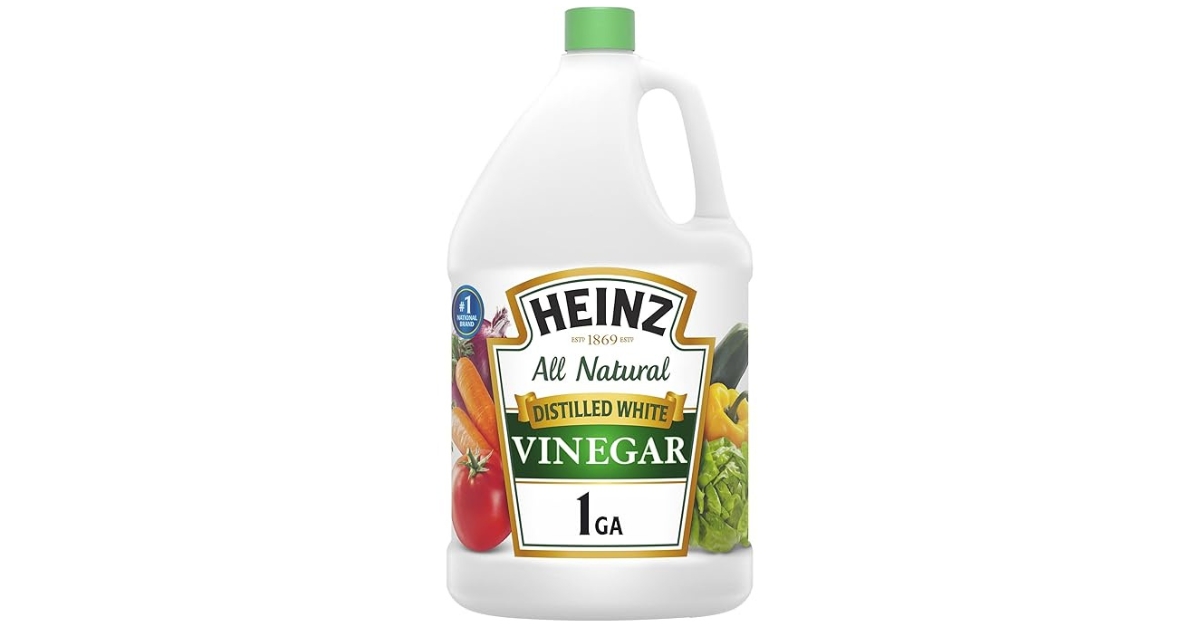
Step-by-Step:
- Mix 1 part distilled white vinegar with 4 parts cold water in a basin.
- Submerge clothes completely and let them soak for 30–60 minutes.
- For extra stubborn smells (like gym clothes), gently agitate the fabric every 10 minutes.
- Drain and rinse lightly before washing as usual.
Why it works: Vinegar’s acetic acid naturally breaks down bacteria and neutralizes lingering odors.
Pro Tip: Avoid soaking delicate fabrics like silk or wool—spot-treat them with a diluted solution instead.
👉 Best Natural Multi-Purpose: Heinz All Natural Distilled White Vinegar (Amazon)
2. The Alkaline Paste: Baking Soda
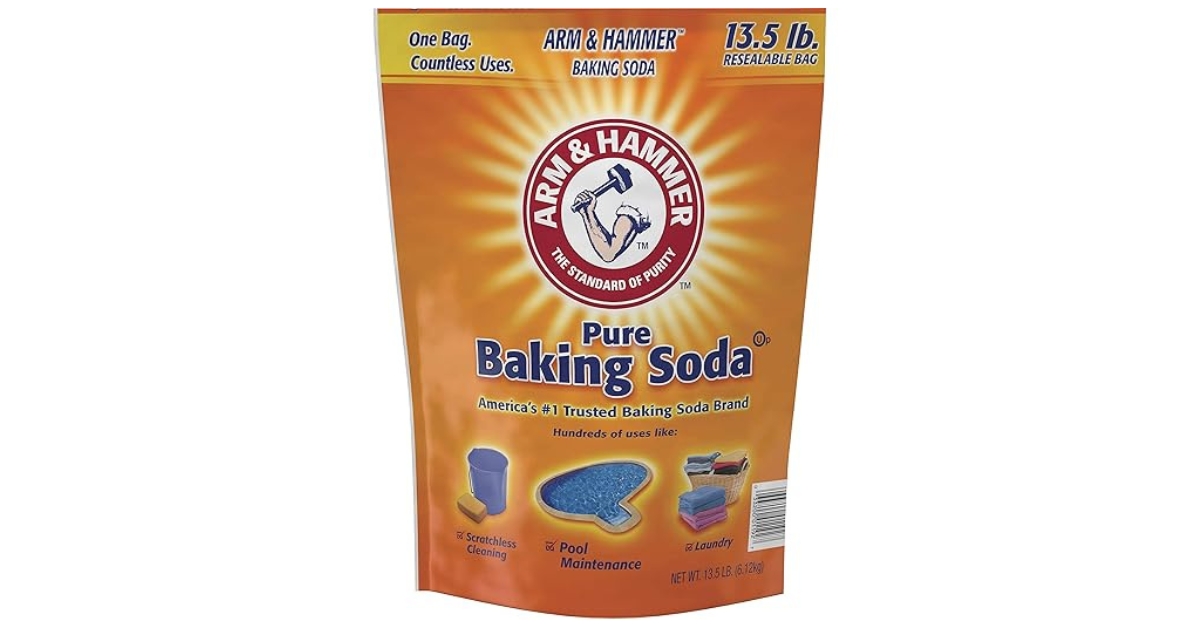
Step-by-Step:
- Make a paste using 3 parts baking soda to 1 part water.
- Apply directly to odor-prone areas such as underarms, collars, or cuffs.
- Let sit for 15–20 minutes before washing.
Why it works: Baking soda neutralizes acidic odors and lifts grime from fabric fibers.
Pro Tip: For a full garment treatment, sprinkle ½ cup of baking soda in the washing machine drum.
👉 Budget-Friendly Odor Fighter: Arm & Hammer Pure Baking Soda (Amazon)
3. Harnessing the Sun
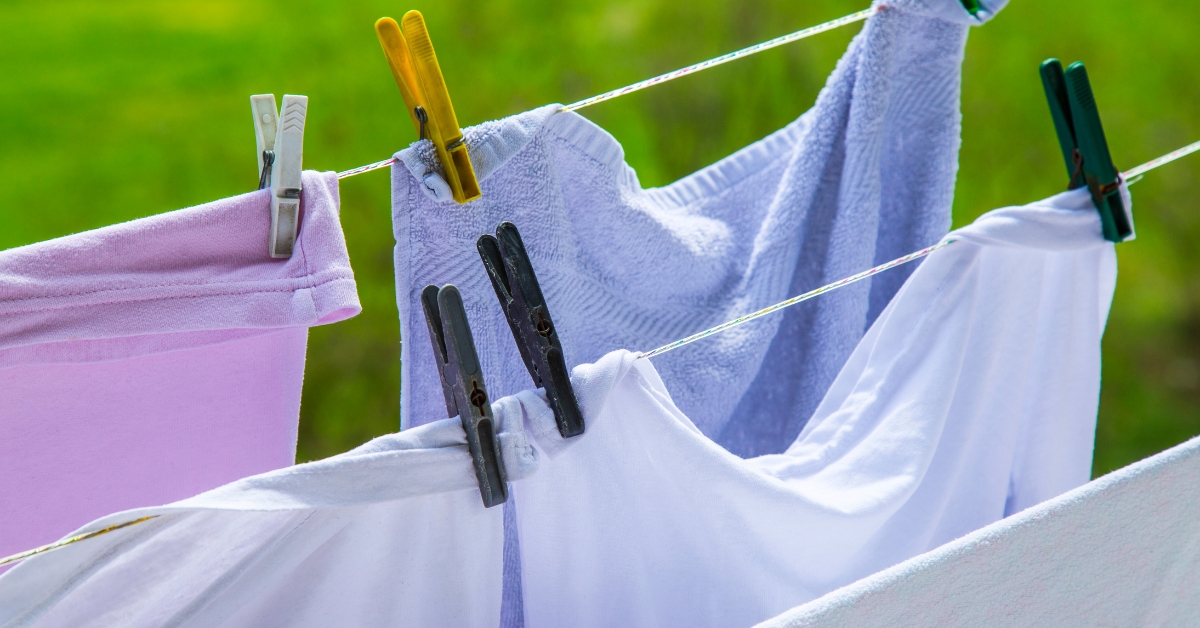
Step-by-Step:
- Turn clothes inside out to protect colors and patterns.
- Hang outdoors in direct sunlight for 2–3 hours.
- Shake or brush fabrics occasionally to release trapped odors.
Why it works: UV rays naturally kill bacteria, and fresh air helps disperse trapped smells.
Pro Tip: Avoid prolonged sun exposure for bright colors; rotate garments to prevent fading.
4. Quick Fix: Odor Sprays
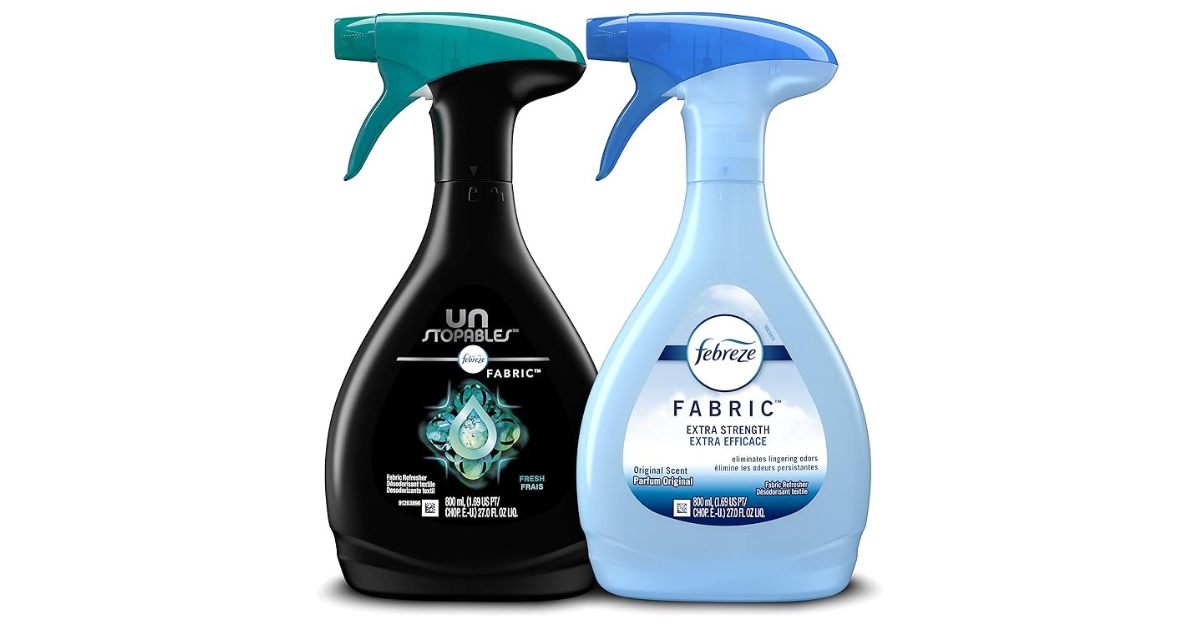
Step-by-Step:
- Lightly spray affected areas with an enzyme-based odor remover.
- Allow to air dry for 10–15 minutes.
- Wash as usual for long-lasting freshness.
Why it works: Enzyme sprays break down odor-causing compounds instead of simply masking them.
Pro Tip: Great for emergency touch-ups or garments that can’t be machine washed.
👉 Editor’s Pick for Quick Refresh: Febreze Fabric Extra Strength (Amazon)
Extra Pro Tips for Pre-Wash Success:
- Sort clothes by odor intensity; pre-soak heavily soiled items separately.
- Use a soft brush or cloth to work paste treatments into thick fabrics.
- Always check fabric care labels before soaking or applying any pre-treatment.
Washing Techniques That Actually Work
Effective odor removal depends not just on the products you use, but also on how you wash your clothes. These expert tips ensure that your wash cycle actually tackles odors at the source.
Choosing the Best Detergent for Odors
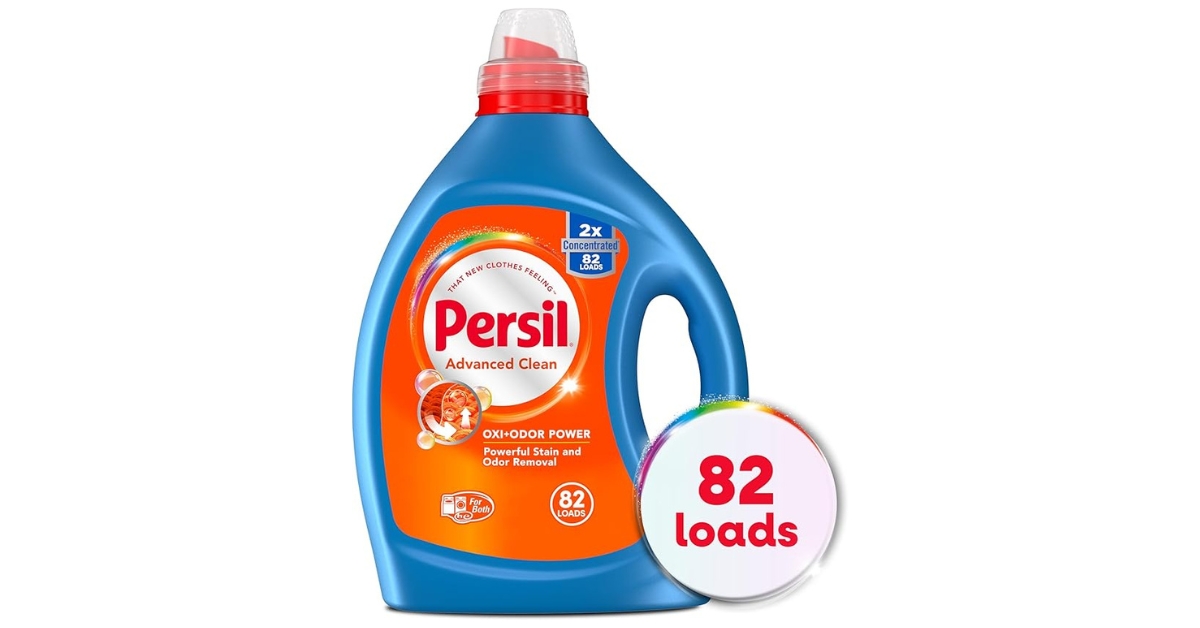
Step-by-Step:
- Look for enzymatic detergents containing protease and amylase.
- Use the recommended amount; too little may not break down odor compounds, too much can leave residue.
- For heavily soiled items, consider a double-dose wash or a pre-soak with detergent.
Why it works: Enzymes digest proteins and fats that bacteria create, effectively neutralizing smells.
👉 Best Overall Detergent for Odors: Tide PODS Hygienic Clean Heavy Duty (Amazon)
👉 Best for Deep-Clean Power: Persil Advanced Clean Oxi+Odor Power (Amazon)
Supercharge Your Wash with Boosters
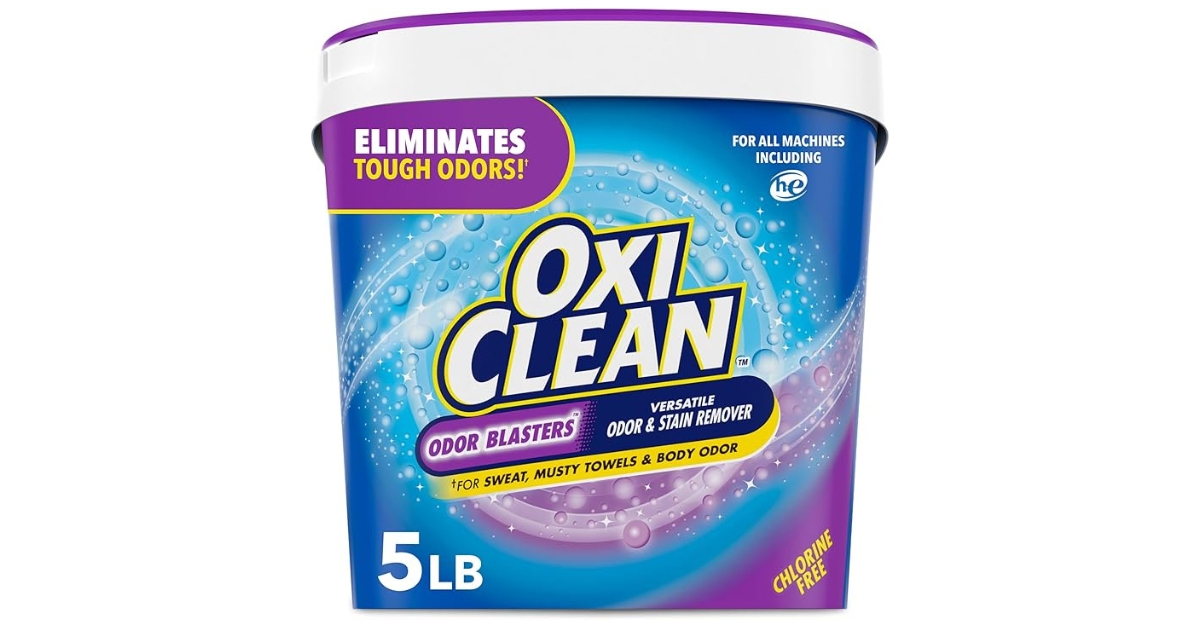
Options and How to Use:
- White Vinegar: Add ½–1 cup during the rinse cycle to neutralize remaining odors.
- Baking Soda: Sprinkle ½ cup directly into the drum to enhance deodorization.
- Oxygen Bleach: Follow package instructions; excellent for musty towels or whites.
Pro Tip: Avoid mixing chlorine bleach with vinegar or baking soda to prevent chemical reactions.
👉 Best for Towels & Whites: OxiClean Odor Blasters (Amazon)
Get Machine Settings Right
Tips for Effective Odor Removal:
- Select the warmest water temperature safe for the fabric; higher temps help kill odor-causing bacteria.
- Don’t overload the machine; clothes need room to agitate properly.
- Use an extra rinse cycle if available to remove lingering detergent or odor residues.
- Consider using a longer wash cycle for synthetic fabrics, which tend to trap odors.
Handling Special Cases
- For odor-prone fabrics like polyester sportswear, silk, or delicate synthetics, use a gentle enzymatic detergent and consider pre-soaking in a diluted vinegar solution.
- For mixed loads, separate heavily soiled or smelly items to avoid cross-contamination.
Extra Guidance:
- Always read and follow fabric care labels.
- Consider using a mesh laundry bag for small items or items with concentrated odors.
- Regularly clean your washing machine to prevent biofilm buildup, which can transfer odors to fresh laundry.
Targeted Treatments for Stubborn Smells
Some odors resist standard washing and require specific strategies. Here’s a breakdown of effective treatments for common stubborn smells:
Mildew & Musty Smells
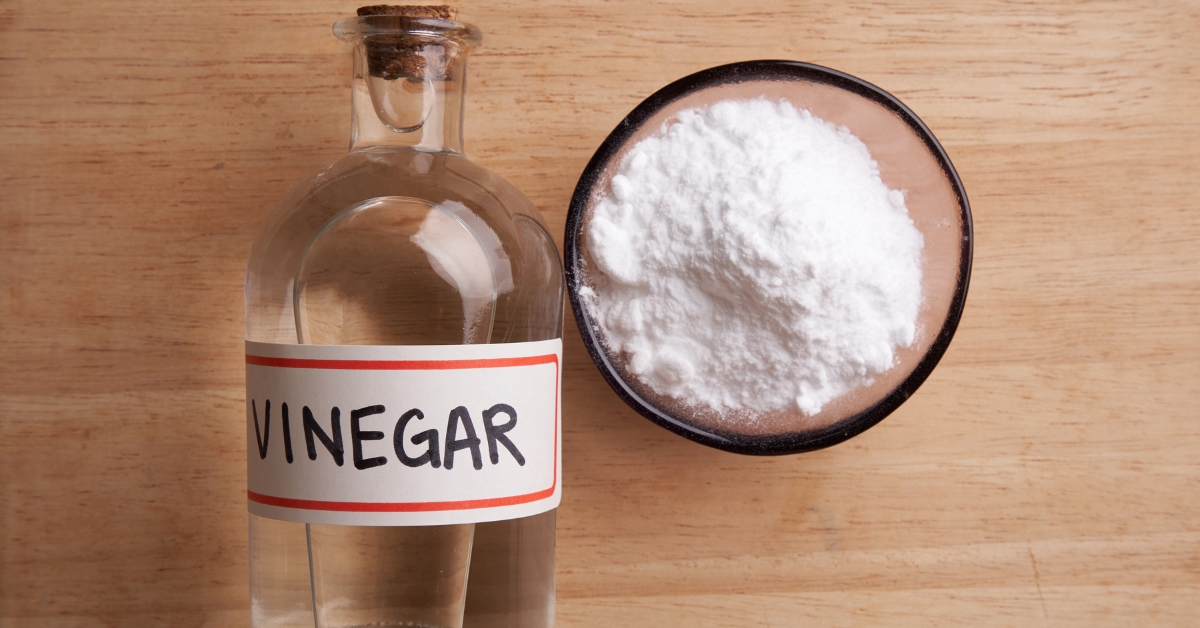
Step-by-Step:
- Pre-soak clothes in a mixture of 1 cup white vinegar + water for 30–60 minutes.
- Wash with oxygen bleach or an enzymatic detergent.
- Dry immediately in sunlight or a well-ventilated area.
Pro Tip: Repeat treatment for persistent mildew; never leave damp clothes in the washer.
Sweat in Activewear
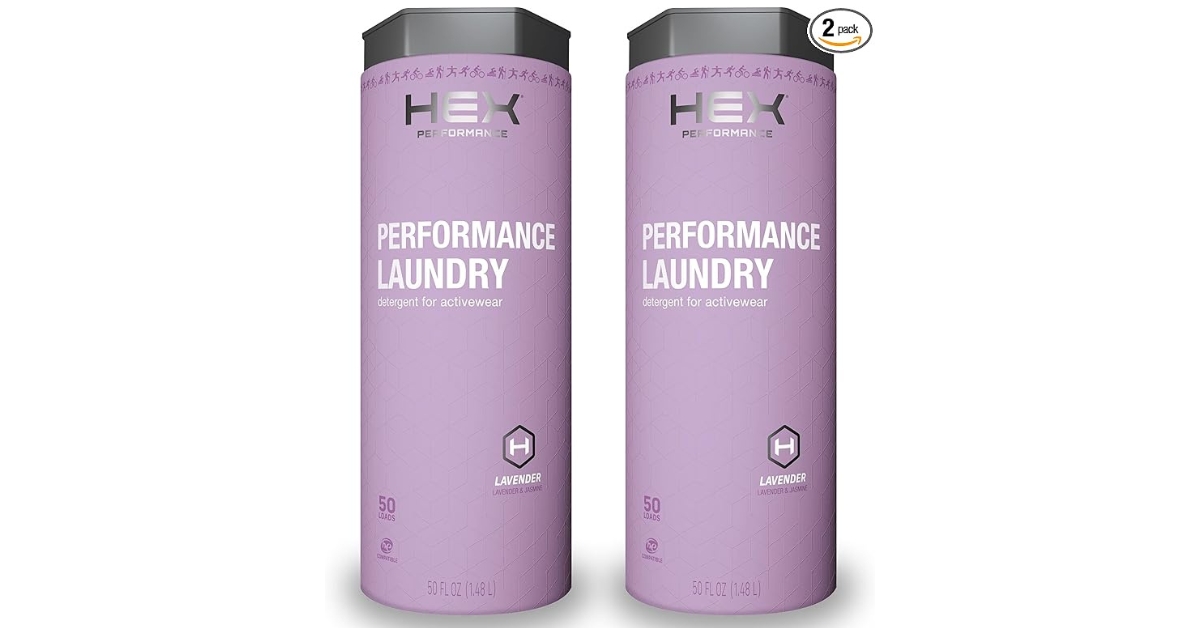
Step-by-Step:
- Use an enzymatic sports detergent designed for synthetic fibers.
- Turn garments inside out to expose odor-prone areas.
- Wash in warm water if fabric allows.
- Air dry outdoors to prevent bacteria regrowth.
👉 Best for Sportswear: HEX Performance Laundry Detergent (Amazon)
Smoke or Campfire Smells
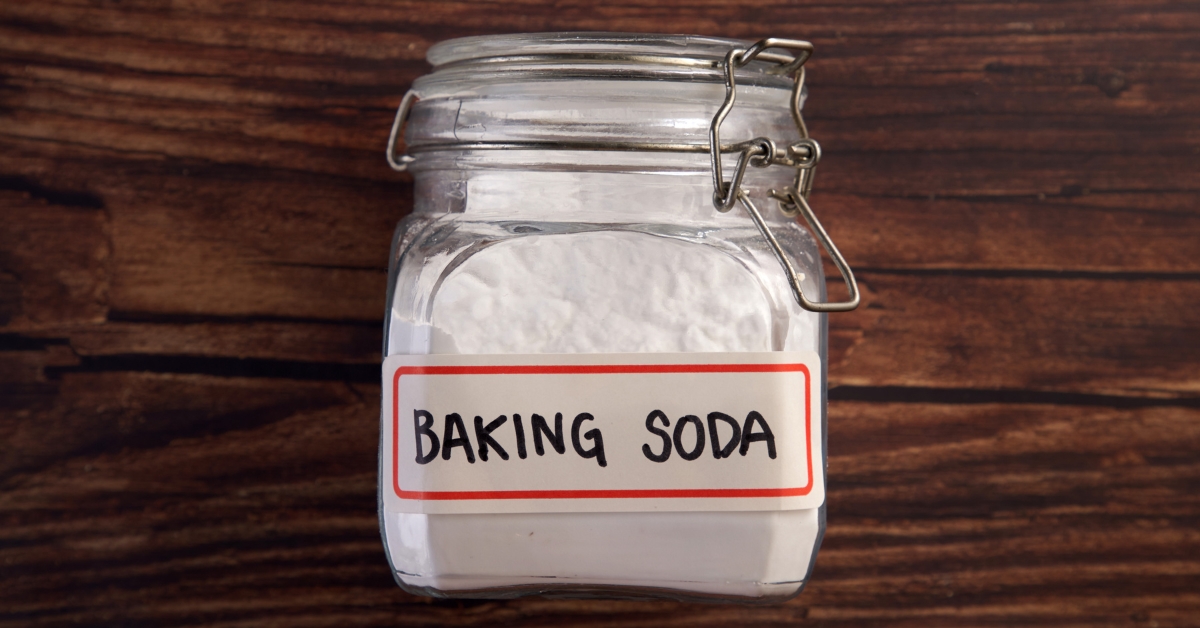
Step-by-Step:
- Air clothes outdoors for several hours to dissipate smoke.
- Pre-soak in a baking soda + vinegar solution for 15–30 minutes.
- Wash with your preferred enzymatic detergent.
Pro Tip: For heavy smoke, repeat air-drying before washing.
Pet Odors
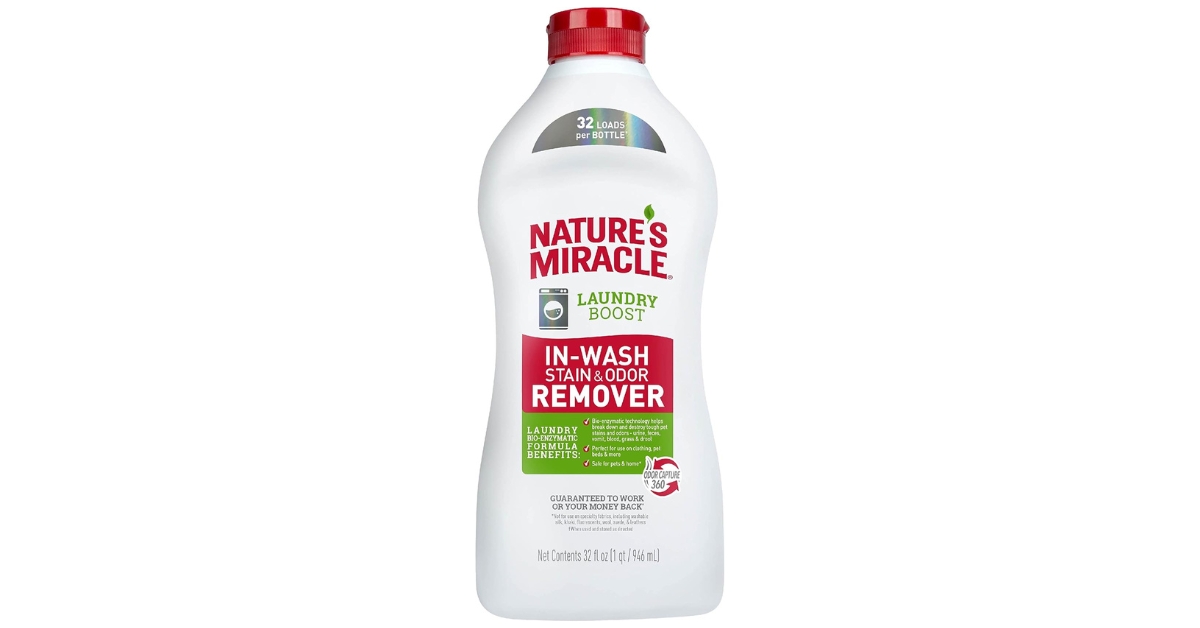
Step-by-Step:
- Pre-soak in ½ cup baking soda in warm water for 30 minutes.
- Wash with enzymatic detergent; add a pet-specific laundry additive if needed.
- Dry immediately to prevent mildew and odor redeposit.
👉 Best for Pet Owners: Nature’s Miracle Laundry Boost (Amazon)
Extra Guidance:
- Always address the source of the odor before washing (e.g., rinse heavy sweat spots first).
- Avoid using fabric softeners on heavily soiled garments, as they can trap odor molecules.
- Regularly clean washing machines and detergent dispensers to prevent biofilm buildup that can worsen stubborn smells.
By targeting odors with these specific methods, even the most persistent smells can be eliminated, leaving garments fresh and ready to wear.
Keeping Clothes Fresh After Washing
Fresh-smelling clothes depend not only on washing but also on proper drying, storage, and light maintenance between washes. Here’s how to maximize post-wash freshness with practical steps and natural hacks.
Drying Matters
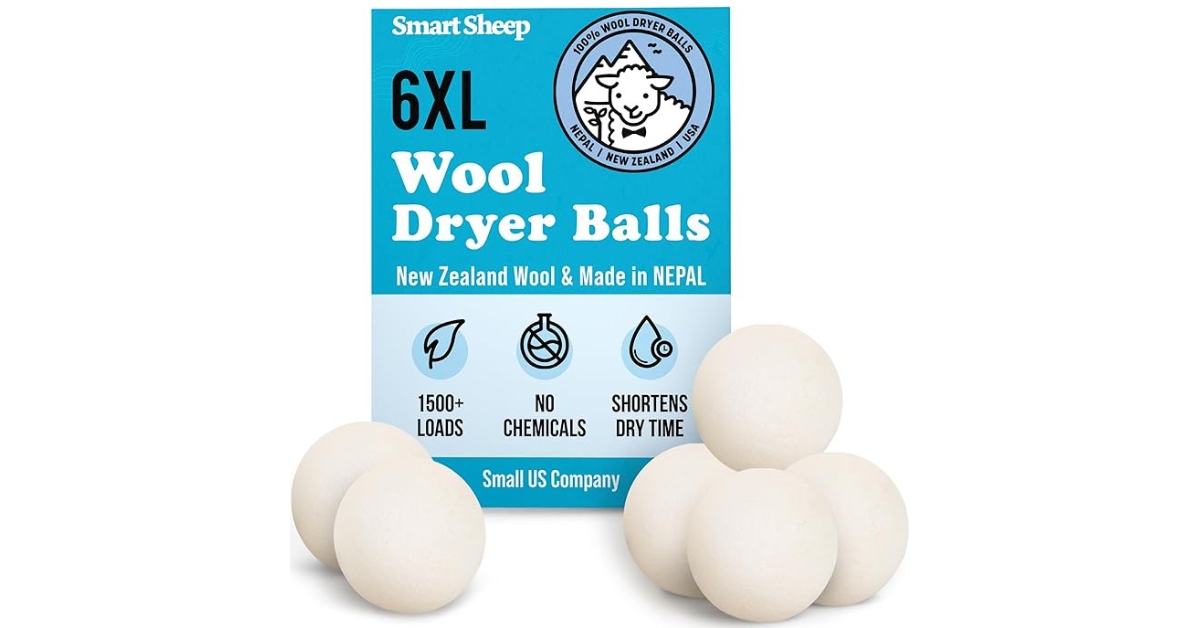
Step-by-Step:
- Remove clothes from the washer promptly to prevent mildew.
- Shake out each garment to reduce wrinkles and release trapped moisture.
- Line-dry outdoors in the sun when possible; rotate garments to ensure even exposure.
- For indoor drying, place clothes in a well-ventilated area and avoid stacking damp items.
Pro Tip: Use dryer balls to reduce static, fluff fabrics, and speed up drying time.
👉 Best Eco-Friendly Option: Smart Sheep Wool Dryer Balls (Amazon)
DIY Natural Odor Spray for Clothes
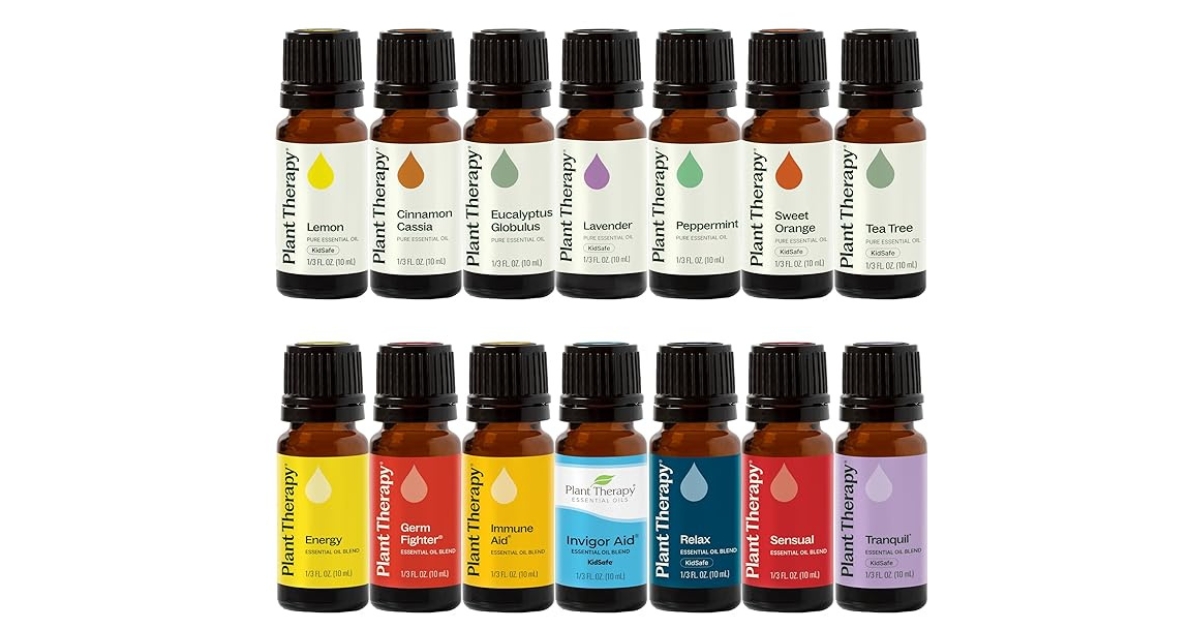
Step-by-Step:
- Fill a spray bottle with 1 cup distilled water.
- Add 2 tbsp vodka or witch hazel for antibacterial action.
- Add 5–10 drops of essential oils such as lavender, lemon, or tea tree.
- Shake well before each use and lightly mist clothes between washes.
Pro Tip: Test a small, hidden area first to ensure no staining occurs on delicate fabrics.
👉 Best Essential Oil Starter Pack: Plant Therapy Essential Oils Starter Set (Amazon)
Storage Tips
- Store clothes in a dry, ventilated space to prevent moisture buildup.
- Add natural odor absorbers like cedar blocks or silica gel packets to closets and drawers.
- Rotate clothing seasonally to allow fabrics to breathe and reduce prolonged odor retention.
- Pro Tip: Avoid plastic bags or sealed containers for long-term storage unless items are fully dry.
Between-Wash Maintenance
- Hang lightly worn garments for a few hours to air out before re-wearing.
- Spot-treat stains or odor-prone areas immediately instead of waiting for the next wash.
- Refresh fabrics with a light spritz of DIY natural odor spray to maintain a continuous fresh scent.
Extra Guidance:
- Avoid over-drying, as excessive heat can weaken fibers and trap odors.
- Combine sunlight and airflow when possible for the most effective natural refresh.
- For particularly stubborn odors, repeat a short vinegar rinse or baking soda treatment before the next wash.
Natural vs. Store-Bought Odor Eliminators
When deciding how to tackle clothing odors, understanding the pros and cons of natural versus store-bought solutions can help you choose the best approach for your wardrobe.
| Solution Type | Pros | Cons | Best Use Case |
| Vinegar | Cheap, natural, effective at neutralizing bacteria and odors | Strong smell when wet; may not be suitable for delicate fabrics | Pre-soaking heavily soiled or musty items; eco-friendly routine cleaning |
| Baking Soda | Neutralizes odors, versatile, gentle on fabrics | Needs thorough rinsing to avoid residue | Spot treatment of collars, underarms, or concentrated odors |
| Enzymatic Detergents | Scientifically proven, digests protein and fatty acid compounds | Higher cost, may require specific wash cycles | Sportswear, synthetic fabrics, persistent sweat odors |
| Odor Sprays | Quick, convenient, portable | Temporary fix only; doesn’t remove odors at the source | Between-wash refresh, travel, or garments that can’t be machine washed |
Choosing the Right Solution:
- Use natural remedies for everyday maintenance or eco-friendly laundry routines.
- Use enzymatic detergents for deep cleaning, synthetic fabrics, and persistent odors.
- Combine methods when necessary (e.g., pre-soak with vinegar, wash with enzymatic detergent).
- Keep odor sprays on hand for quick touch-ups or emergencies.
Pro Tips:
- Always check fabric care labels before applying any treatment.
- Rotate between natural and store-bought solutions depending on odor intensity and fabric type.
- Avoid overuse of sprays and additives to prevent buildup and residue on fabrics.
By understanding when and how to use each type of solution, you can maintain fresh-smelling clothes effectively while minimizing damage and costs.
FAQs
Why do my clothes still smell after washing?
Clothes can retain odors due to biofilm buildup from detergent, fabric softeners, and natural oils, which create a breeding ground for bacteria. Overloading the washer can also prevent proper agitation, leaving odors behind. Synthetic fabrics like polyester or spandex trap smells more than natural fibers. To fix this, pre-soak garments in vinegar or baking soda, use enzymatic detergents, avoid overloading, and regularly clean your washing machine.
Can I just spray clothes to remove odor?
Sprays provide a temporary refresh but don’t remove odors at the source. For lasting freshness, pre-wash treatments and enzymatic detergents are necessary. DIY sprays can complement between-wash maintenance but should not replace proper washing.
How long should I soak smelly clothes in vinegar?
Soaking clothes in a vinegar solution for 30–60 minutes is ideal for most fabrics. For delicate fabrics, shorten the time and do a spot test to prevent damage. Following up with an enzymatic detergent wash gives the best results.
Is hot or cold water better for odor removal?
Hot water kills bacteria more effectively, but always follow fabric care labels to avoid damage. For synthetic or delicate fabrics, warm or cold water with an enzymatic detergent works well. Adding boosters like vinegar or baking soda enhances odor removal even in cooler water.
How do I prevent odors from coming back?
Dry clothes promptly and completely to prevent mildew, store garments in dry, ventilated spaces, rotate clothing regularly, and use odor absorbers when needed. Cleaning washing machines and dryer lint traps also helps maintain freshness.
Are enzymatic detergents safe for all fabrics?
Most fabrics are safe, but check care labels for delicate items. For wool, silk, or specialty fabrics, use a gentle enzymatic formula or pre-treat spots instead of soaking the entire garment. Avoid combining enzymes with chlorine bleach, which can deactivate enzymes and damage fabrics.
How to remove odor from clothes without washing?
While some odors can be temporarily reduced without washing, such as by air-drying, hanging clothes in sunlight, or lightly spraying with a natural or enzyme-based odor remover, these methods only mask smells and don’t eliminate bacteria or deeply embedded odors. For full odor removal, a proper wash with enzymatic detergent or pre-soak treatment is recommended, but for quick fixes between washes, these techniques can help keep garments smelling fresher longer.
Say Goodbye to Lingering Odors for Good
Fresh-smelling clothes aren’t about masking odors—they’re about eliminating them at the source. By using the right pre-treatments, enzymatic detergents, targeted washes, and proper storage strategies, you can effectively remove odor from clothes and keep your wardrobe consistently fresh. With these expert-approved techniques, even musty gym gear, smoky sweaters, and pet-scented fabrics can be restored to clean, odor-free condition.
